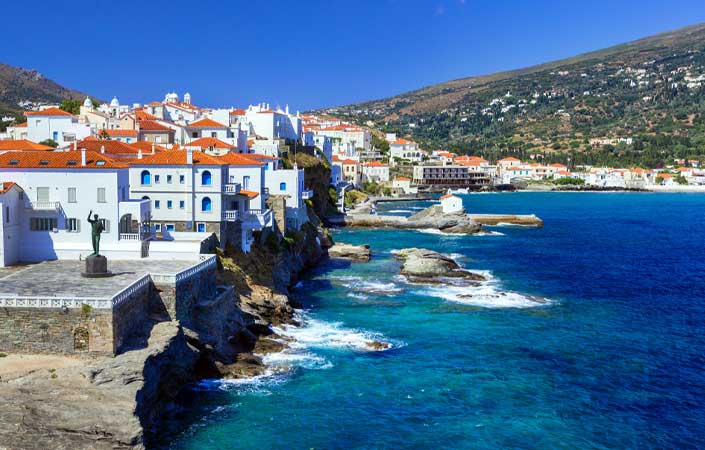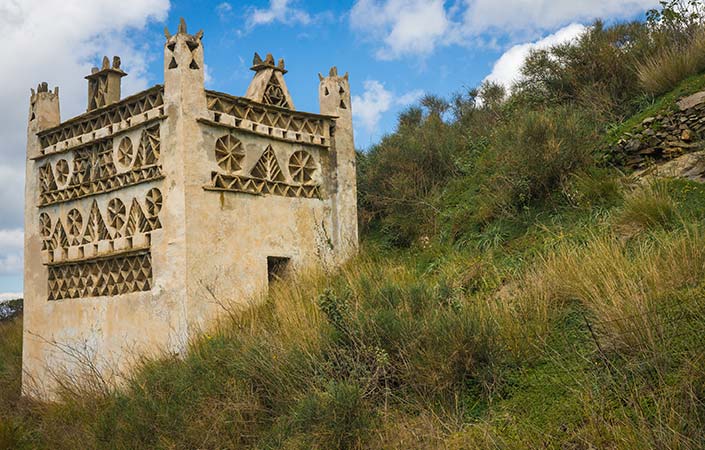Cyclades were created millions of years ago, in the centre of the archipelago, due to the geological disorders in the region of the south-eastern Mediterranean. Because of these agitations, the earthquakes and the explosions of volcanos they took their particular shape as well as the constitution of their ground.
In the myths Cyclades are closely connected with Neptune, who is attributed with their creation. It is said that they took their name from the nymphs Cyclades, who the god of sea transformed to islands, when they caused his rage. However there are other traditions saying that the origin of the name is from the Greek word kyklos (circle), or because they are extended around Dilos in a conceivable circle or because of the strong winds that made the boats to swirl.
The foundation of each island is also attributed in mythical figures, while a series of traditions reflect their history. Cyclades, because of their geographic position between the Greek mainland, Asia and Africa, were throughout all of their history the bridge for the growth of streets of trade and the spread of culture.
Cyclades are constituted of the islands: Amorgos, Anafi, Andros, Antiparos, Delos, Ios, Kea, Kimolos, Kythnos, Milos, Mykonos, Naxos, Paros, Santorini, Serifos, Siphnos, Syra, Tinos, Folegandros.

















